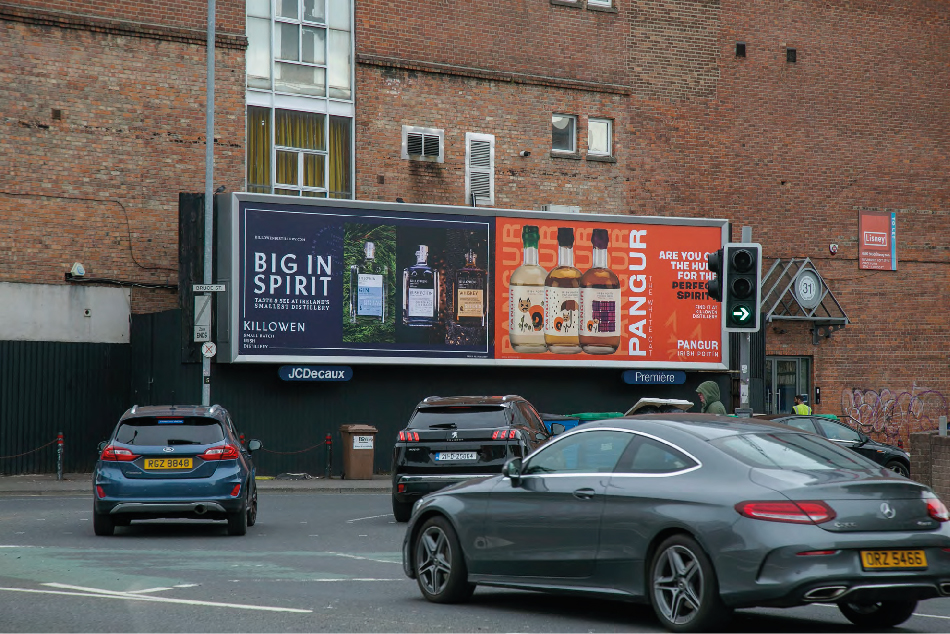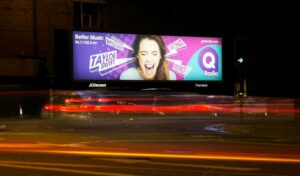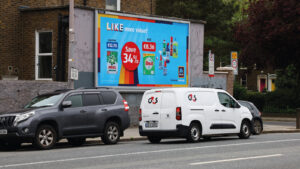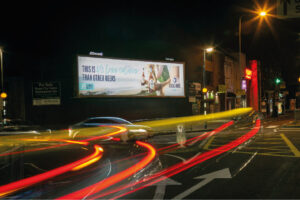
The Science Behind Outdoor Advertising
Billboards remain one of the most powerful tools for brand awareness, audience engagement, and driving real-world action. They work because they tap into human behaviour – how people see, remember, and feel. Here’s the science behind outdoor advertising – and how it supports better results for your brand.
Attention Capture Happens Fast
Humans process visuals far more quickly than text. Our brains have evolved to pick up on contrast, color, movement, and faces almost instantly. In outdoor advertising, that means:
-
High contrast colours, clean layouts, bold visuals help a billboard stand out in an environment full of visual “noise.” [1]
-
There is an “attention capture threshold” – creativity alone isn’t enough unless the ad is also conspicuous. In one study on billboards along a motorway, only those that crossed a visibility/conspicuity threshold significantly improved memory/recall. [2]
Repetition Builds Memory & Trust (Mere Exposure Effect)
Seeing something repeatedly – even without conscious attention – makes us more familiar with it, and familiarity tends to breed trust.
-
This “mere exposure effect” means that frequent visibility (on daily commutes, for example) helps move awareness from fleeting recognition into long-term memory. [3]
-
This frequent exposure places your brand “top of mind” when someone makes a purchase decision later. [4]
Simplicity Enhances Comprehension & Recall
People generally have only seconds to absorb a billboard (often just 3-8 seconds). The more complex the message or the more elements you cram in, the lower the chance the core message will stick.
-
According to multiple sources, outdoor ads work best when they deliver one clear, simple message with few words. [5]
-
Dual coding theory supports combining strong imagery with minimal text – images evoke emotion quickly, text provides clarity. [6]
Emotional Resonance Makes Ads Memorable
It’s not enough to be seen; people remember what makes them feel something:
-
Whether it’s humour, nostalgia, surprise, or aspiration – emotional triggers enhance memory consolidation (how memories are stored more deeply). [7]
-
Faces or human figures help. We naturally gravitate toward other humans in images; they can create connection even in passing views. [8]
Strategic Placement & Duration Matter
Where and how often people see your billboard plays a big part in its effectiveness.
At Alexander Boyd Displays, we combine high-quality large-format printing with a commitment to sustainability – offering eco-friendly, water-based printing on recycled blue-back paper for a greener approach to out-of-home (OOH) advertising.
With the ability to deliver anywhere in the UK, we ensure your campaign runs seamlessly from concept to execution, no matter where your brand needs to be seen.
Get in touch today to discuss your project and get a quote.



